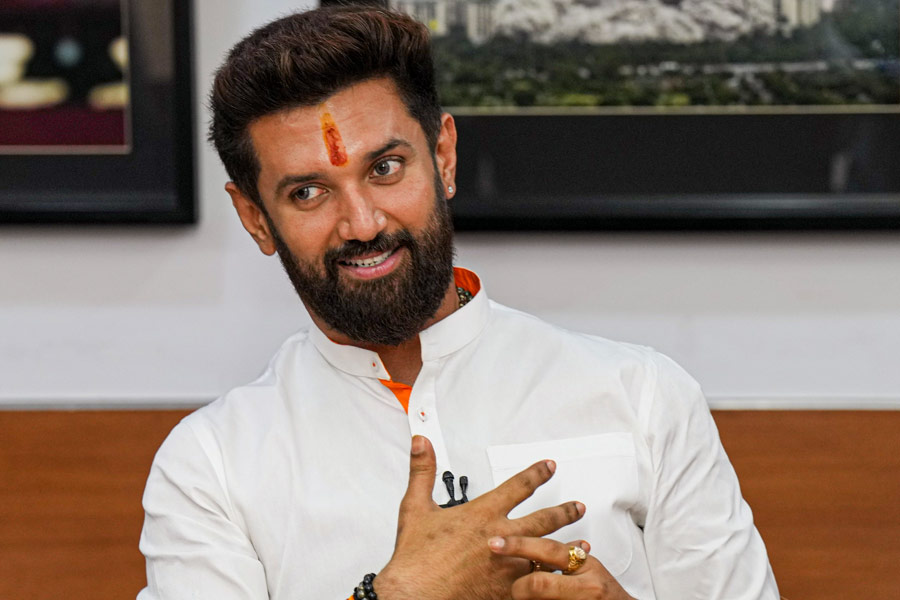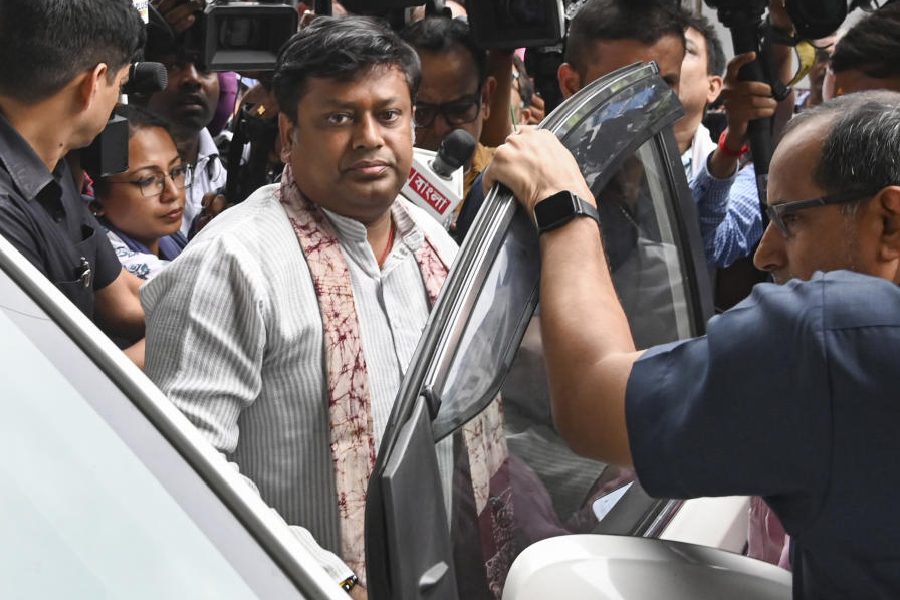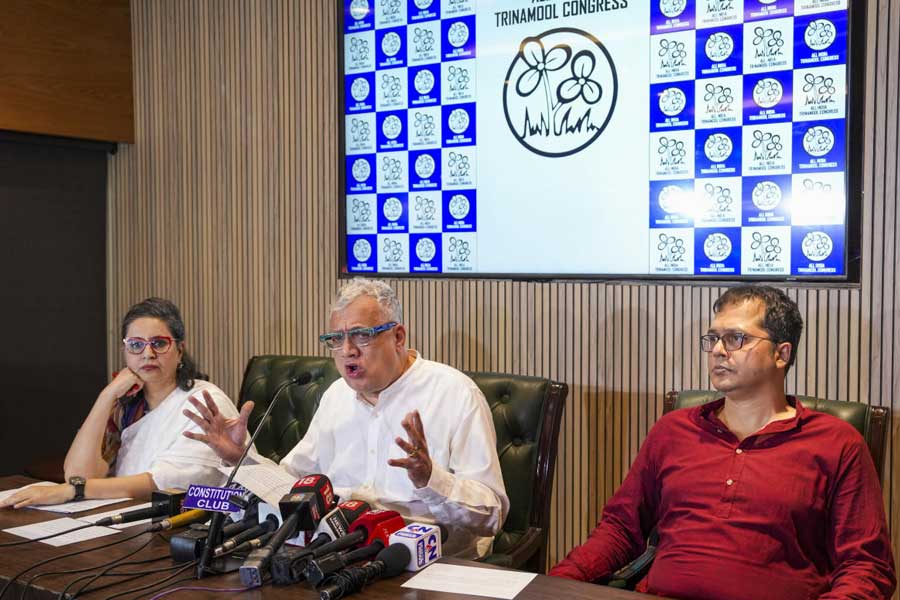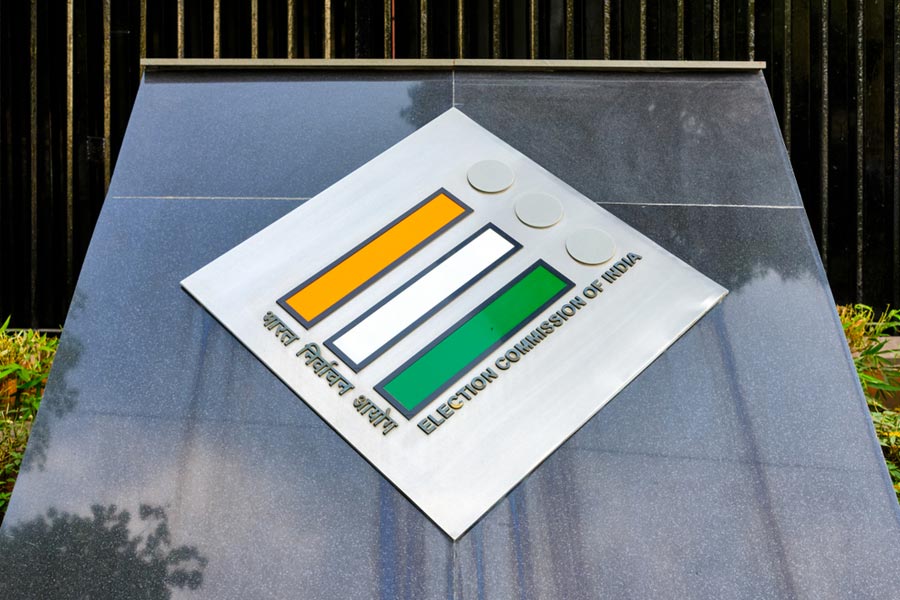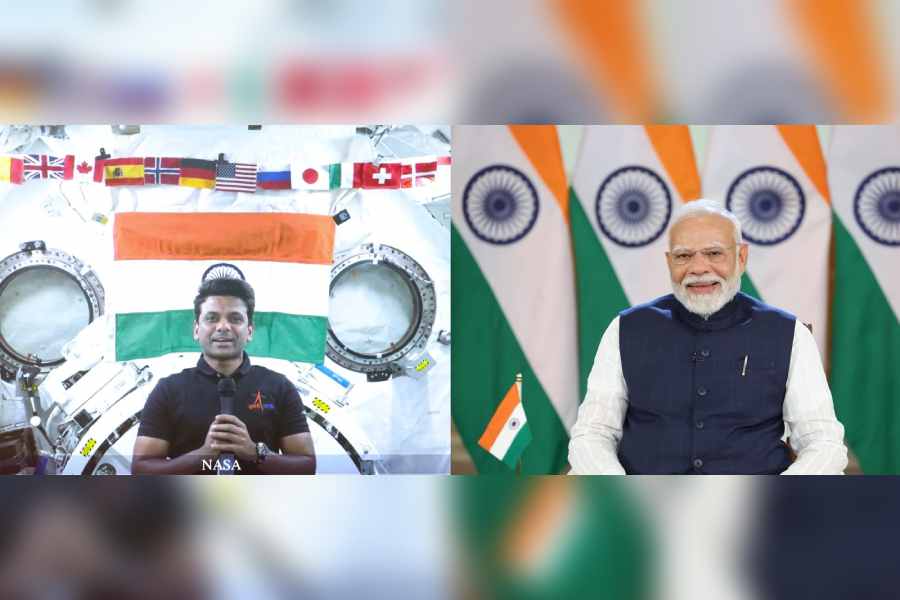HOMEOPATHY
THE CLAIMS:
Samuel Hahnemann’s ‘alternative medicine’ has created ripples ever since it was promulgated in 1807. The therapy that claims to work in extremely diluted doses is widely used in India. Says Chandrasekhar Mitra, a homeopathic practitioner at J.N.M. Homeo Sadan in south Calcutta, “I have been practising homeopathy for the past three decades and the most remarkable aspect of the treatment is that it is holistic. It has no side effects.”
THE CRITICISM:
Dr Dipankar Chakraborty, director of research at the School of Environmental Studies at Jadavpur University, has researched the ill-effects of homeopathic treatment for several years and cautions against the indiscriminate use of alternative medicine, especially those containing arsenic. “Homeopathic medicines should be used with extreme caution in children,” he notes.
THE TRUTH:
While the debate rages on, there are several people who testify to the benefits brought about by homeopathic medicine. One of the most effective medicines, acknowledged even by critics, is Thuja, used to treat moles and warts. However, the key word remains discretion. “There should be a rule that you cannot buy homeopathic medicine without a certified practitioner’s prescription,” says Chakraborty.
ACUPUNCTURE
THE CLAIMS:
Using needles as medical treatment is considered traditional therapy, especially in China. The treatment has also taken off in the West and its efficacy in treating migraine has been discussed in the Journal of the American Medical Association as recently as May 2005. In the UK, acupuncture is being considered a registered practice. “In India, the West Bengal government has accepted acupuncture as a recognised method of treatment, and the therapy is becoming popular,” says Angshuman Ganguly, a therapist based in east Calcutta who has been practising acupuncture for the past 37 years. Ganguly claims that acupuncture needles help in balancing the physiology of a patient and can be effective in treating bronchitis, asthma and gastric ulcer, among a host of diseases.
THE CRITICISM:
Acupuncture, almost without exception, is an invasive method whereby there is a real risk of injury when needles penetrate the skin. Reused needles can transfer blood-borne diseases such as HIV and hepatitis. There are several practitioners in West Bengal who claim to be certified acupuncture specialists. Apart from doctors who have reservations on this ministration, rationalists and sceptics are also questioning the validity of acupuncture. “I have doubts on acupuncture as a valid method of treatment. There should be an in-depth investigation into the practice. If any patient suffers because of this treatment, acupuncture specialists will have to bear the burden,” warns Probir Ghosh, general secretary of the Science and Rationalists Association of India.
THE TRUTH:
Many acupuncturists and doctors consider acupuncture as a complementary therapy rather than as an alternative therapy. Critics also express concern that unethical or naive practitioners may induce patients to exhaust financial resources by pursuing ineffective treatment. “It is best for people to be forewarned regarding acupuncture,” suggests Dr Sudip Ganguly, a general physician based in north Calcutta.
FISH OIL FOR THE HEART
THE CLAIMS:
Fish oil has been internationally recommended for the heart for over 30 years. Dr Tapan Sarkar, a practicing physician in west Calcutta, is of the opinion that fish oil is an unqualified good addition to the diet. “Consuming fish oil is always good for health,” he asserts. The general trend of research worldwide claims that fish oil is the richest source of omega-3 fatty acids that helps improve the immune system, acquire skin sheen and maintain general good health.
THE CRITICISM:
The main criticism is that some people tend to use fish oil as part of a principal diet and as a main line of therapy. “Fish oil is good as an adjunct but not as a main line of therapy,” says Dr Soumitro Kumar, professor of medicine and cardiology at the Vivekananda Institute of Medical Sciences and Ramkrishna Mission Seva Pratisthan in south Calcutta.
THE TRUTH:
Fish oil remains a valuable source of dietary supplement in India. “It is useful in controlling blood pressure, the level of blood cholesterol and fats. It is essential for normal health,” remarks fitness trainer Pritom Mukherjee Roy, who has formal training in nutrition.
Most doctors suggest that those who consume fish oil should do so at least three times a week. Deep sea fish, pomfret and mackerel are good sources of fish oil. “Fish like hilsa and carp are also a good source of fish oil,” says Dr Kumar.
SOYABEAN
THE CLAIMS:
The US Food and Drug Administration has come up with evidence that soyabean lowers cholesterol. It is also considered to be a very good source of protein for vegetarians. “Soyabean is highly recommended and is almost indispensable for people who do not consume animal protein,” says fitness expert Ujjal Ghosh, director of the Asian Yoga Research Centre in south Calcutta, adding, “It is a great source of energy.”
THE CRITICISM:
Soyabean does not have too many critics. The only drawback, according to some doctors, is that it concentrates urine. Ujjal Ghosh agrees, “It does make urine a bit smelly.”
THE TRUTH:
Soyabean remains one of the most important sources of protein for vegetarians. Regular consumption, even by non vegetarians, is recommended by doctors. “Soyabean is good for health, but just like everything else, it should be consumed in moderate amounts,” says fitness trainer Pritom Mukherjee Roy.
SPINAL MANIPULATION
THE CLAIMS:
‘Cracking the spine’, popularly known as spinal manipulation, is popular in the UK and is practised regularly by chiropractors and osteopaths. A study in the British Medical Journal in 2004 revealed that spinal manipulation is an effective therapy for back pain.
Says Jibok Mukherji, consultant physiotherapist and sports medicine specialist at Pro Rehab Clinic in south Calcutta, “Spinal manipulation has three schools, McKenzie, Cyrax and Mulligan. If practised efficiently, it can mobilise frozen joints and knees.”
THE CRITICISM:
“Spinal manipulation is not applicable for all people,” states Suzie Van Hoeve, physical trainer at Solace Spa and Gym in south Calcutta. “While it can be the last way out in some cases, it is not advisable for old people and patients run the risk of making their joints too flexible,” she says. Studies carried out in the UK show that the benefits of spinal manipulation require more research.
THE TRUTH:
Spinal manipulation can be an effective mode of treatment and can help to heal back pain faster than other methods. But ‘cracking the spine’ should necessarily be done under the supervision of doctors. “In India, unfortunately, there are practitioners without proper credentials and people should be wary. A person should have a fit body structure before he undertakes spinal manipulation,” says Mukherji.


